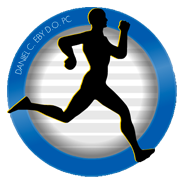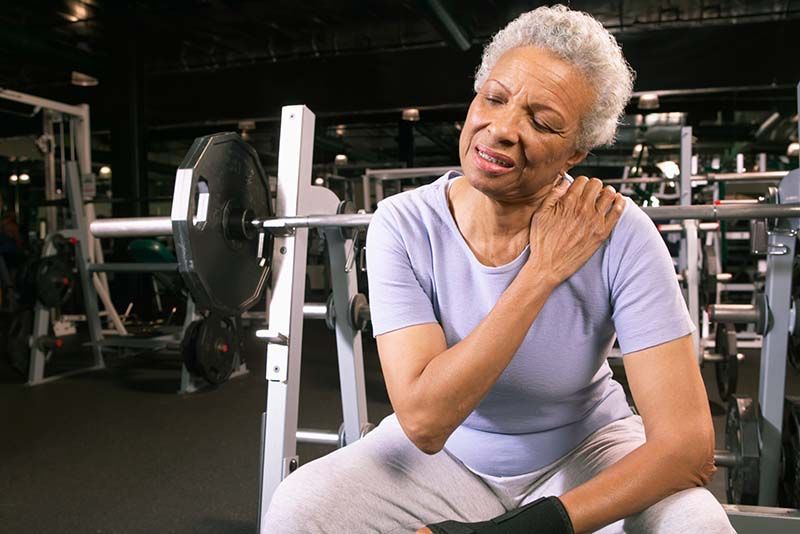Torn Rotator Cuff
The rotator cuff is a group of four tendons and their related muscles that keep the shoulder and upper arm bone securely placed in the socket of the shoulder. The rotator cuff stabilizes the shoulder joint and helps you to raise and move your arms.
Bone spurs, repetitive activities or trauma cause damage to the rotator cuff. Over time or with an injury, the rotator cuff breaks down and can tear. Inflammatory conditions such as bursitis, tendonitis, and arthritis can contribute.
The type of tear in your shoulder will determine what treatment you will need. There are partial tears and full-thickness tears. There are tears that can affect a single tendon or multiple tendons. All tears progress with time and continued use of your shoulder. For example, a partial tear will progress to a full-thickness tear due to repetitive use, bone spurs, or other injuries. Another example is one tendon that is torn can eventually affect the other tendons within the rotator cuff.




